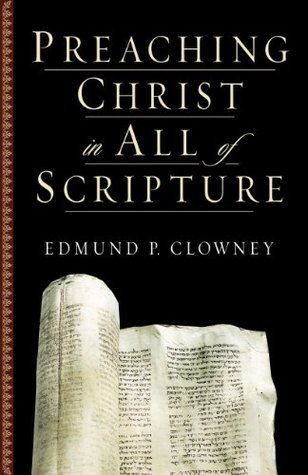What do you think?
Rate this book


192 pages, Paperback
First published June 6, 2003
Though the actual mechanics of Clowney’s writing are superb, it is what he is writing that is a breath of hermeneutical and homiletical fresh air. Too often, sermons from the Old Testament end up sounding like a baptized self-help speech. In his opening sentence in chapter one, Clowney attempts to correct this by saying, “Preaching Christ from the Old Testament means that we preach, not synagogue sermons, but sermons that take account of the full drama of redemption, and its realization in Christ” (99). Indeed, Clowney is adamant throughout the volume - both in his methodology and in his examples - that Christians are to preach Christian sermons. To teach a Christian sermon necessarily involves preaching Christ; thus, a sermon from the Old Testament must necessarily have Christ as the center and the goal. What Clowney has produced is a thoroughly Christ-centered approach to reading the Bible and crafting sermons.
There are, however, a few concerns with Clowney’s suggestions. The first is that it would be easy to over-spiritualize the text so as to miss the immediate context of the text in its relationship with the Old Testament. While Clowney provides a safe-guard for this by emphasizing that understanding the text’s Old Testament truths is a part of the interpretive journey (and noted in the previously mentioned hermeneutical diagram), the method makes this easier than other methods for this particular error (which is not to say that other methods are not in danger of other errors).
A second concern comes from reading Clowney’s sermon examples. Clowney does not provide “three points and a poem,” and while it is refreshing to see his method played out, there is a reason why three points and a poem is such a popular preaching style. The fact of the matter is that Clowney’s methodology requires imagination and story-crafting skills, two qualities that every pastor may not have. While this should not stop a pastor from at least attempting Clowney’s redemptive-historical method, a pastor should serious evaluate whether Clowney’s method works with his skill set.
Despite these mild concerns, Preaching Christ in All of Scripture is an incredibly helpful book on preaching. Every preacher should read it and be encouraged that Christ is indeed found on every page of Scripture, and that Christ should be made much of in the sermon.